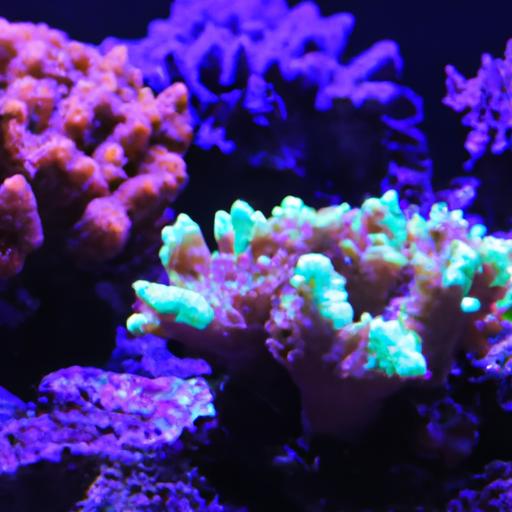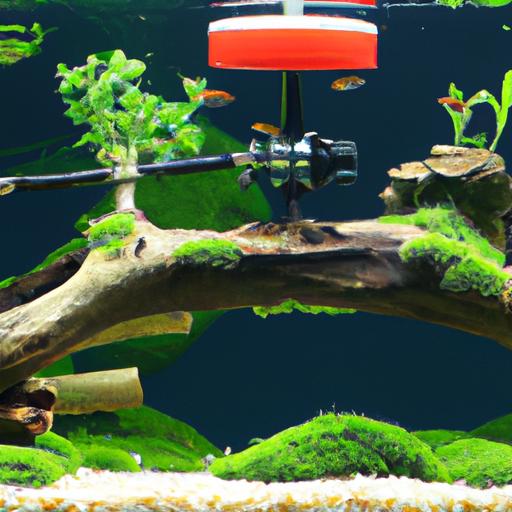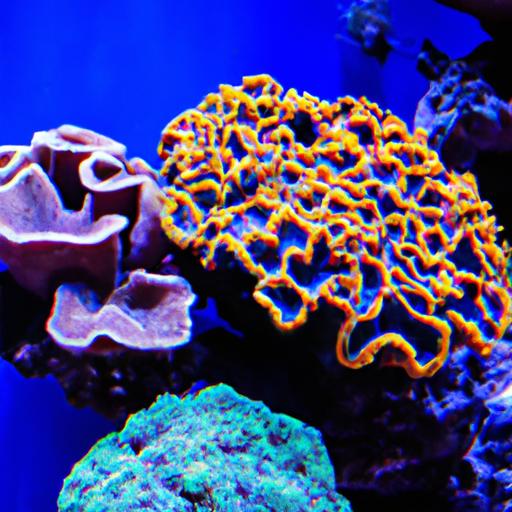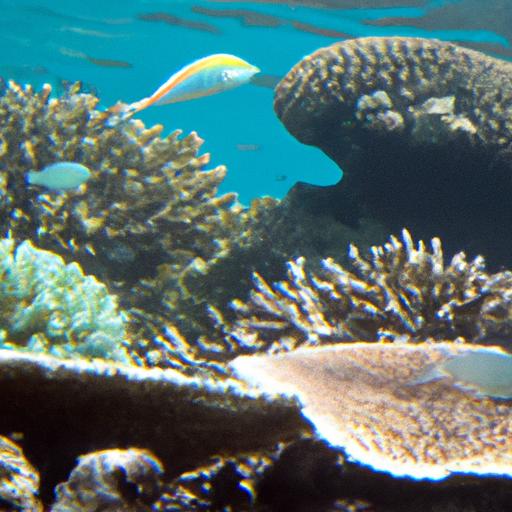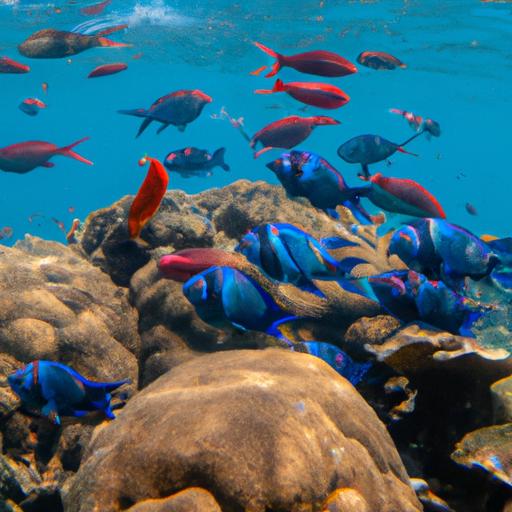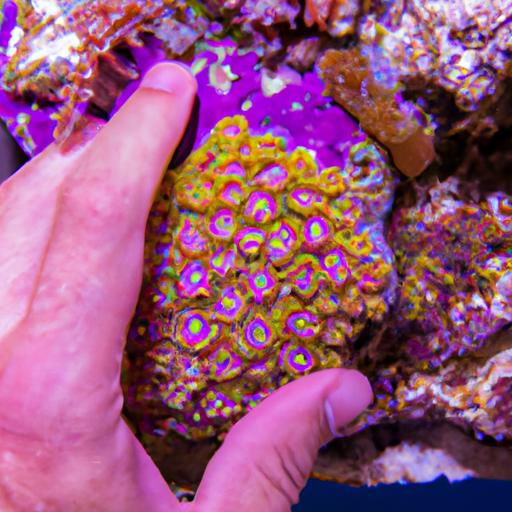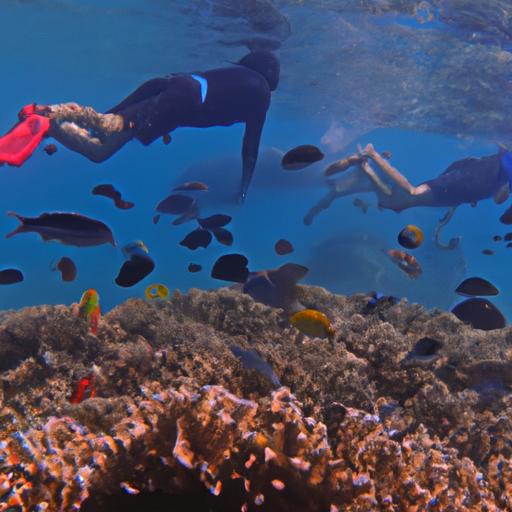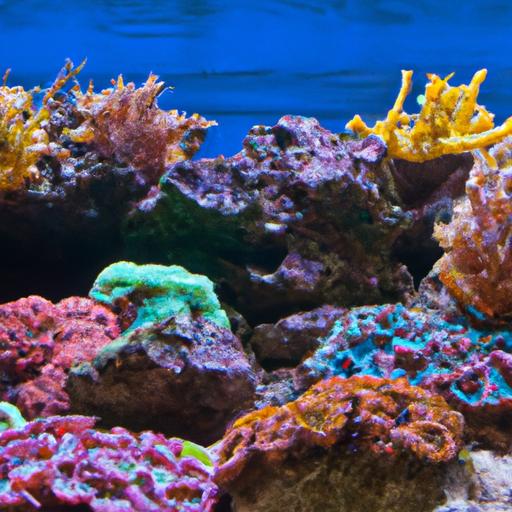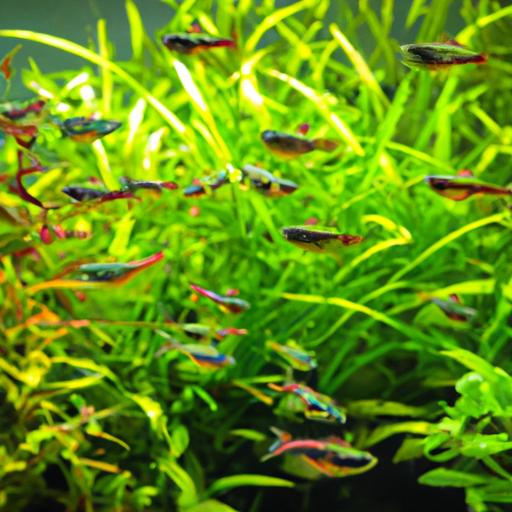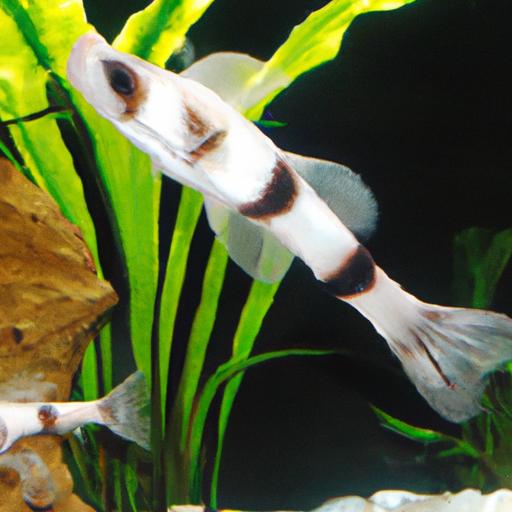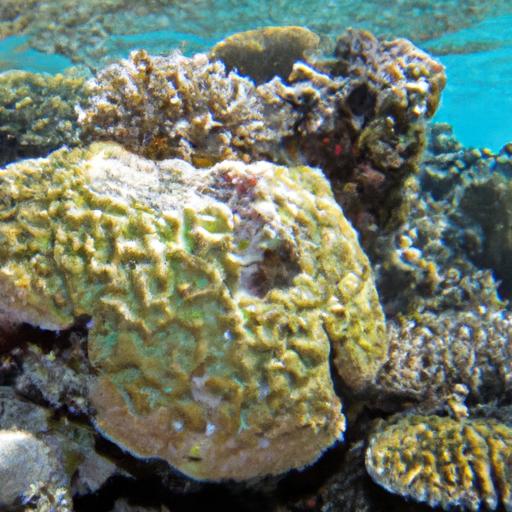
Coral Fragmentation: Techniques for Successful Division
Learn the techniques for successful coral fragmentation in this informative article. Explore natural, manual, and mechanical methods for division.
Introduction
Have you ever wondered how coral colonies are expanded and propagated? Coral fragmentation is a fascinating technique that allows coral colonies to grow and thrive. In this article, we will explore the various techniques for successful coral division, providing you with valuable insights into this crucial process. Whether you are a coral enthusiast or involved in coral conservation and restoration efforts, understanding these techniques is essential for promoting the growth and sustainability of coral reefs.
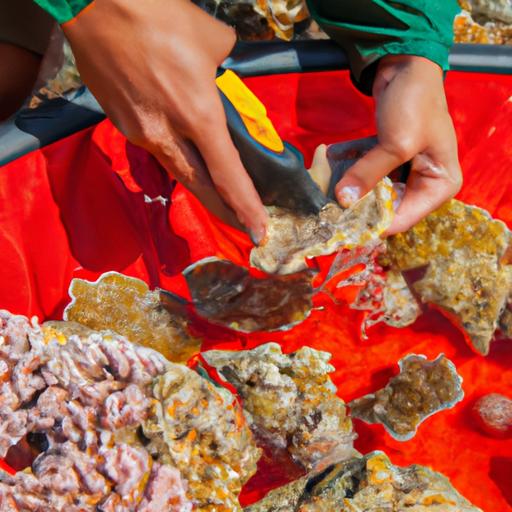
Techniques for Successful Coral Fragmentation
Natural Fragmentation
One of the most common methods of coral division is natural fragmentation. This process occurs when a coral colony naturally breaks apart into smaller fragments. It can be triggered by various factors, such as storms, wave action, or interactions with marine organisms. Natural fragmentation plays a vital role in the natural growth and expansion of coral colonies. However, in conservation and restoration efforts, manual and mechanical techniques are often employed to accelerate the process.
Manual Fragmentation
Manual fragmentation involves the deliberate breaking of coral colonies into smaller fragments by human intervention. This technique requires careful handling and precision to ensure the health and survival of the coral fragments. The process typically involves using specialized tools, such as chisels or bone cutters, to carefully break the coral colony into smaller pieces. The fragments are then attached or secured to a substrate, allowing them to grow into new colonies over time.
Mechanical Fragmentation
Mechanical fragmentation is a more modern approach to coral division. It involves the use of machinery or specialized equipment to break coral colonies into smaller fragments. For example, water jets or saws can be used to create precise cuts in the coral colonies. This technique is often employed in large-scale coral propagation projects, where speed and efficiency are crucial. However, it requires skilled operators to ensure the fragments are handled properly and minimize any potential damage.
Factors to Consider for Successful Division
To ensure successful coral fragmentation, several factors must be taken into consideration. These factors include the size of the fragments, timing of the fragmentation, environmental conditions, and proper handling and equipment.
Size of Fragments
The size of the coral fragments plays a crucial role in their survival and growth. Generally, smaller fragments have a higher chance of success, as they require less energy to establish and grow. It is recommended to aim for fragments between 2 to 10 centimeters in size, depending on the coral species.
Timing of Fragmentation
Timing is essential when it comes to coral fragmentation. Ideally, the process should be conducted during the coral’s optimal growth phase, when it is most likely to recover and establish itself successfully. This typically occurs during the warmer months when water temperatures are favorable and nutrient availability is high.
Environmental Conditions
Providing the right environmental conditions is paramount for the success of coral fragmentation. Factors such as water quality, light intensity, and nutrient levels should be carefully monitored and controlled. It is crucial to ensure that the fragments are placed in an environment that mimics their natural habitat to promote their growth and survival.
Proper Handling and Equipment
Proper handling and the use of appropriate equipment are essential to minimize stress and damage to the coral fragments. Careful consideration should be given to the choice of tools and techniques used during the fragmentation process. Skilled operators must be trained to handle the equipment effectively and ensure the fragments are handled with care.
Frequently Asked Questions (FAQs)
What are the benefits of coral fragmentation?
Coral fragmentation offers several benefits, both for coral colonies and conservation efforts. By dividing coral colonies, we can create new colonies and increase the overall coral coverage in a given area. This helps to enhance the biodiversity and resilience of coral reefs. Additionally, coral fragments can be transplanted to degraded areas, aiding in coral restoration efforts and promoting the recovery of damaged ecosystems.
Can any coral species be fragmented?
While many coral species can be successfully fragmented, it is important to note that not all species respond equally well to this technique. Some species have better regenerative abilities and are more suitable for fragmentation. It is crucial to consider the specific characteristics of each coral species before attempting fragmentation to ensure the best chances of success.
Are there any risks or negative impacts associated with coral division?
When performed with proper care and consideration, coral fragmentation is generally a safe and effective technique. However, there are potential risks and negative impacts that should be considered. These include the potential for physical damage to the coral fragments during the division process and the introduction of diseases or parasites to the new fragments. It is essential to follow best practices and guidelines to minimize these risks.
How long does it take for fragmented corals to grow and thrive?
The growth rate of fragmented corals can vary depending on various factors, including the species, environmental conditions, and the size of the fragments. In general, it can take several months to a few years for fragmented corals to establish and grow into healthy colonies. Patience and ongoing monitoring are crucial during this period to ensure the success of the fragments.
Are there any legal regulations or permits required for coral fragmentation?
The regulations and permits required for coral fragmentation can vary depending on the country or region. It is important to familiarize yourself with the local laws and regulations governing coral conservation activities. In some cases, permits may be required to ensure the responsible and sustainable practice of coral fragmentation.
Conclusion
Coral fragmentation techniques provide valuable tools for the growth and conservation of coral colonies. Whether through natural, manual, or mechanical methods, successful division allows us to expand coral coverage and restore damaged ecosystems. By considering factors such as fragment size, timing, environmental conditions, and proper handling, we can increase the chances of success in coral fragmentation projects. Let us embrace these techniques and contribute to the preservation and restoration of our precious coral reefs. Together, we can make a significant impact in ensuring the future of these magnificent underwater ecosystems.
